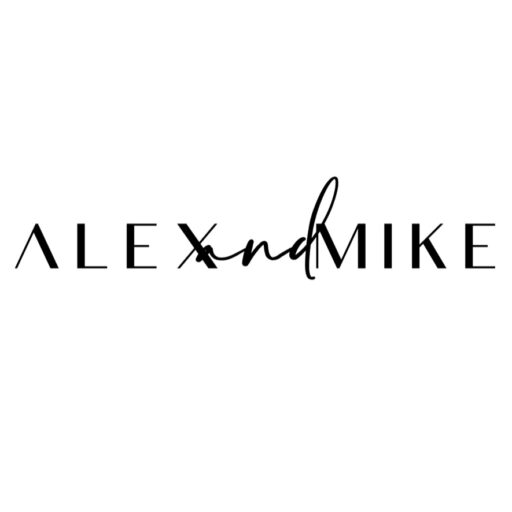
We knew we wanted to write a new skincare post for the site this week but didn’t know the exact topic to cover. Before we write any post, we like to sit down and take a few notes on things we want to cover. For this one, we decided to go through some old posts and find out what we haven’t talked about yet. We realized that acne is something we’ve briefly covered but nothing in-depth. So here we go. We want to chat with you about the main issues and concerns that come with dealing with acne. We both struggled with acne throughout high school and part of college. In high school, Mike had a face full of blemishes that he could not get under control. He tried many topical treatments without success. Eventually he was put on Accutane for three months which finally cleared his face. Alex dealt with acne later on during his college years. He constantly had to deal with new breakouts that seemed to never clear. Despite multiple dietary and lifestyle changes, nothing seemed to help. He was eventually put on topical clindamycin which really helped clear his skin. All of this was before we knew anything about the power of skin care! Our struggle with acne launched our never-ending love with products, ingredients, and efficacy. Now we mostly deal with the occasional blemish but still know what works and what you absolutely should NOT do when trying to clear up your skin.
WHAT IS ACNE?
Most of us know acne as the bright red pimples that cover your face. But in reality, there are several ways acne can manifest. In scientific terms, acne starts from a microscopic blockage of the duct extending around a fine hair follicle unit. Sometimes it shows up in the form of a blackhead, whitehead, or underlying inflammation. Not all acne is the same. If the inflammation is really bad, painful cysts can form too. Overall, acne is no fun.
WHAT CAUSES ACNE?
There are a ton of different reasons you might be dealing with acne – hormones, excess sebum, dead skin cells, and diet. Yes, your diet actually does make a difference in your skin. Unfortunately, some people are just fortunate enough to never deal with acne…lucky them.
BE CONSISTENT WITH YOUR ROUTINE
KEY INGREDIENTS YOU SHOULD BE USING
Let’s first start with the ingredients you should be using if you are dealing with acne-prone skin. Salicyclic acid is probably the most talked-about product when it comes to dealing with acne. For good reason, too. Think of it as acne’s worst enemy. Salicylic acid is more oil-soluble which means it can penetrate deeper into the pores of the skin. Before we go any further, it’s important to know the difference between AHAs and BHAs. We promise it’s not as confusing as it might sounds. If you really want to up your skincare knowledge this is important. Plus, your skin will thank you. Both alpha and beta hydroxy acids exfoliate the skin, but AHAs are water-soluble, while BHAs are oil-soluble. The takeaway here is AHAs generally penetrate deeper than BHAs but both are excellent at exfoliating. This means salicylic acid can really get deep down and work on the blackheads and whiteheads.
Next up is niacinamide. Remember when we said inflammation is also a big part of acne. Well, this is where niacinamide comes to the rescue. It’s an antioxidant that helps fight acne while reducing inflammation and dark spots. No matter what skin type you have, this ingredient is gentle enough to be used by everyone. It helps brighten and strengthen your skin barrier. Oh and also stimulates collagen production. Lots of reasons to try this one!
Of all the products that fight acne, retinol is the holy grail. Also referred to as retinoids, this ingredient is able to stimulate cell turnover, in turn unclogging pores. A lot of the time, dead skin cells are what’s clogging up your pores and causing acne to form. By speeding up the cell turnover process, you are bringing healthy cells to the surface and saying goodbye to the dead ones. Now when it comes to this ingredient, there are varying levels from over-the-counter to prescription. It’s important to take it slow with this one. You need to train your skin to avoid any negative reactions or irritation. Start with a small percentage of retinol and see how your skin reacts. After building a bit of tolerance, work your way up. Some people even work their way up to prescription-grade retinol, such as tretinoin. Once you are in a good routine, you will see incredible results. Always remember, consistency is key — your skin will thank you!
On another note that doesn’t involve active ingredients, we suggest double cleansing. We have a full post on why this is so important if you want to help your skin the most. There are sooo many benefits. If you are dealing with excess sebum, this method is for you. Though it really is excellent for everyone. If you are dealing with acne, we suggest using a super gentle cleanser, especially if you are using any of the active ingredients we already mentioned. You don’t want to strip your skin or put it under any extra stress. It’s also important to stay away from products that claim to mattify or reduce oil production. This sounds enticing but will actually have a negative effect on your skin. We’ve said this a million times, but we will say it again — when you try to stop oil production, what you are really doing is signaling to your body to make more. Instead, focus on gentle cleansers and active ingredients. This is the key to dealing with acne.




